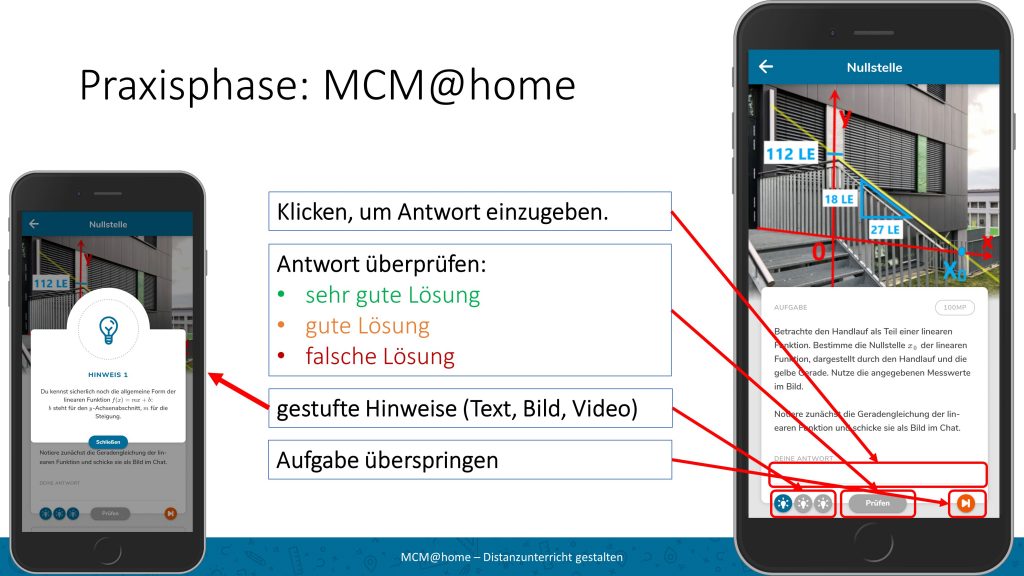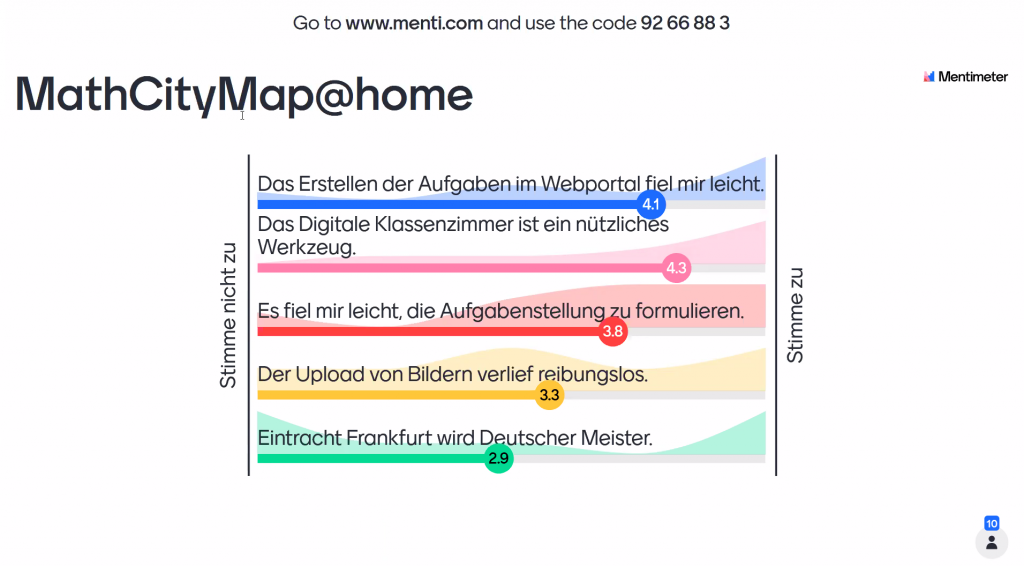Emanuele Amico, teacher student of the University of Catania in Italy, created our new Task of the Week. In the interview, he describes the task “Una aiuola off-limits“ [“An off-limits flowerbed”] and gives us an insight how the University of Catania [partner in the MaSCE³ project] uses MathCityMap in teacher education courses.
How did you get to know the MathCityMap system? How do you use MathCityMap?
I have started using MathCityMap only a few months ago. I am attending a Master’s Degree course in Mathematics at the University of Catania. During the lessons of the “Mathematics Education” course the teacher presented the MathCityMap project, highlighting the theoretical framework and the methodological aspects on which it is based, the needs to which it responds, the ways in which the objectives of the project are pursued. I had the opportunity to experience MathCityMap from both sides: as a student, through participation in a math trail prepared by the teacher and proposed to the class group, but also as a creator of my own task that met the requirements for publication [see “Criteria for a good task” on our tutorial page]. In this context, taking inspiration from a traffic island in the immediate vicinity of the Department of Mathematics and Computer Science, the idea of my first (and so far only) task “An off-limits flowerbed” was born.
Describe your task. Where is it located? What is the mathematical question? How can you solve it?
The task requests the calculation of the area of a surface identified by the marker strips delimiting a traffic island. It is clear that the area can be identified as a triangle, but it is also clear that it is not possible to measure directly any of the three heights of the triangle, because of the presence of plants and shrubs in the flowerbed inside the traffic island, which make it inaccessible. Therefore, to solve the task, it is possible to use trigonometry, and in particular to generalize of the formula for calculating the area of a right-angled triangle. By measuring the lengths of two sides of the triangle with a ruler or string, and measuring the angle between them with a goniometer, the student will be able to calculate the area required. An alternative way of solving the problem can be based on the use of the formula: A = ½*a*c*sin
What are the learning objectives of this task? What could students learn while working on this task?
From the didactic point of view, the task requires for a reflection about the best and most practicable way of solution (which sometimes does not coincide with the initial idea). The task is an invitation for the student to critically compare different solving strategies, to reflect on the necessity of knowing several methods and formulas that allow to reach the same objective, since often each of them is based on different assumptions and needs, in our case on the impossibility of making an internal measurement of the geometric figure.
Do you have any other comments on MathCityMap?
I believe that MathCityMap truly offers an authentic context for learning mathematics and I am sure I will continue to use it in the near future.











